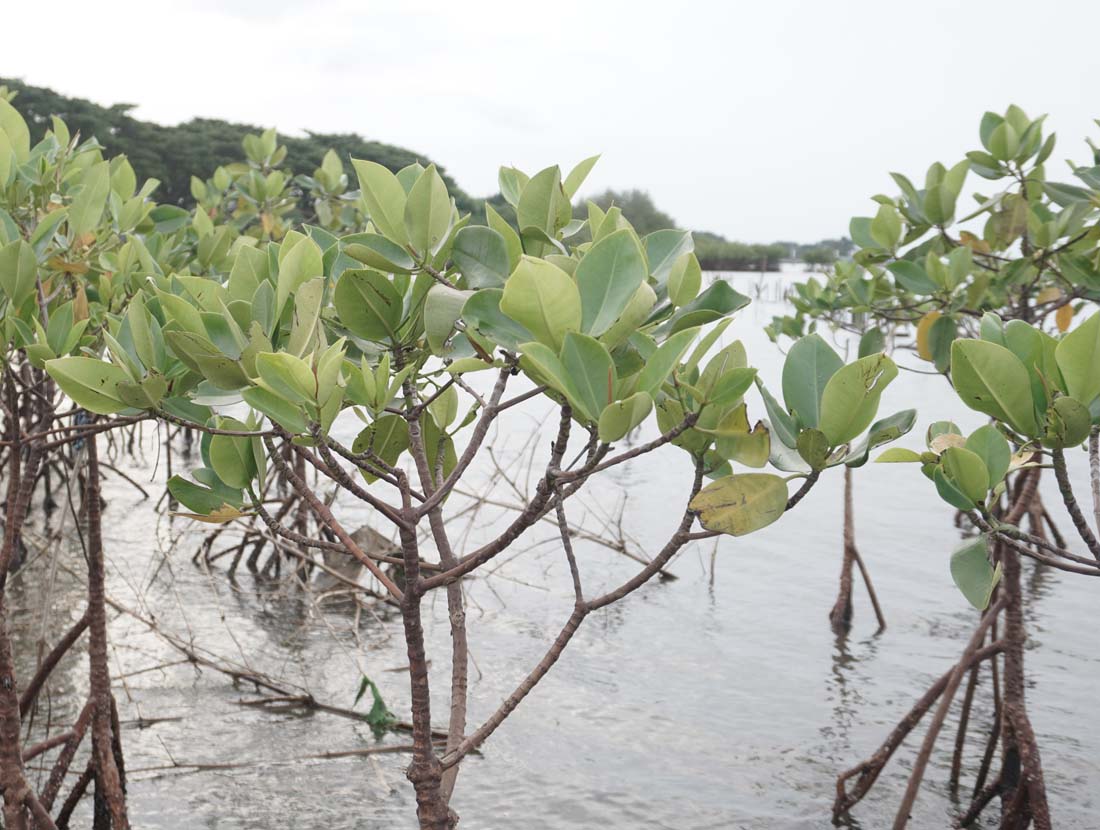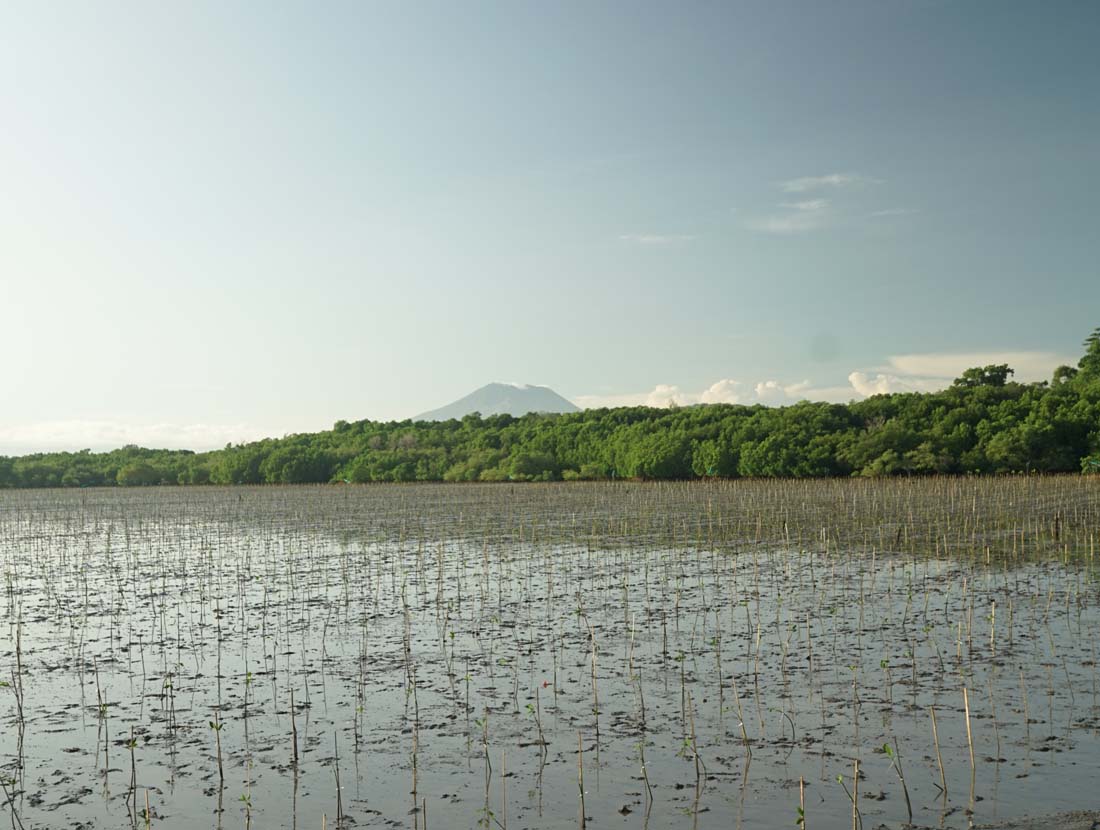Planting mangrove forests to contribute to sustainability
Mangrove forests are an important tool in the fight against climate change. That's why the Indonesian government has committed to an ambitious programme of mangrove reforestation in the coming years. As part of its sustainability activities, De Heus Indonesia partnered with the government in a mangrove planting project in East Java. Based on the results of this project, our colleagues are using the knowledge and experience gained to develop other mangrove projects.

Indonesia
Mangrove benefits
"Mangrove forests provide huge benefits," says Kadi Mey Ismail, Project Management Office & Sustainability Manager, De Heus Indonesia. "They have three to five times the carbon absorption capacity of tropical upland forests. They conserve biodiversity, particularly aquatic organisms in coastal areas. They can filter the waste water from aquaculture and protect coastal regions during rough weather conditions." In short, they're good for people, planet and profit.
"We were looking to support activities that reduce carbon emissions."
Contributing to mangrove rehabilitation
Indonesia already has about 3.3 million hectares of mangrove forest containing an estimated 17% of the world's carbon stock. Given their potential for mitigating greenhouse gas emissions, maintaining biodiversity and other advantages, the Indonesian government is committed to planting an extra 600,000 hectares of mangrove forest by 2024 in partnership with various public and private stakeholders. For De Heus Indonesia, this was an opportunity to contribute to local mangrove rehabilitation and environmental improvement. "We were looking to support activities that reduce carbon emissions and create more biodiversity which benefits local communities, so we partnered with the Indonesian Ministry of Fisheries and Marine Affairs to plant 50 hectares of mangrove along a public stretch of the northern coast of East Java." says Kadi.

Working with local communities
In 2022, together with local communities, De Heus Indonesia planted 30 hectares of mangrove in Probolinggo and 20 hectares further east in Situbondo. "We contributed to local communities by employing people to plant the propagules," adds Kadi. Although Kadi and his colleagues worked closely with the Ministry of Fisheries and Marine Affairs and other stakeholders, the mangrove trees in the initial project died within a couple of months. "The project failed," he admits. "Planting mangroves is not easy and we're not experts. Our trees died because we didn’t select the right propagules for the local substrate. There was also a critical period with outbreaks of parasites and high waves which we didn't pay enough attention to."
"It's critical to select species that are suitable for the type of substrate in coastal regions."
Learning from mistakes
Despite this failure, Kadi and his team wanted to learn from this setback. They consulted experts at local universities and research institutes to find the best way forward. "We discovered that each species of mangrove has its own characteristics," he explains. "So it's critical to select species that are suitable for the type of substrate in coastal regions.
Learn more about our global sustainability approach
Researching a new cultivation method
Based on the experience gained in East Java and advice from experts, De Heus Indonesia conducted a small research project to identify a better cultivation method. The research team created ten boxes made from bamboo on a stretch of coastline and planted each box with 600 mangrove propagules. After six months, the trees showed good growth. "They had a much better survival rate than the trees in our previous project," says Kadi. "The bamboo boxes protected the trees from waves and attack by parasites. The high density of trees also allowed them to protect each other."

Moving forward
A decision has yet to be made about whether or not to try replanting the previous sites in Probolinggo and Situbondo, but with the success of this research project, De Heus Indonesia is now exploring the possibility of planting its own mangrove forest. "Next time, our target will be based on the number of trees, not the size of the area," says Kadi.
"These projects show that De Heus Indonesia takes sustainability seriously and is committed to the local community," says Kadi. "We may have failed in the beginning, but we aren't giving up. We have learned from our failure and want to continue to create a positive impact and reduce carbon emissions so we can make our business carbon-neutral."







